Ford Puma vs Mitsubishi ASX – Differences & prices compared
Both models have their strengths – but which one suits you more?
Compare performance, efficiency, price and space directly: Ford Puma or Mitsubishi ASX?
Costs and Efficiency:
When it comes to price and running costs, the biggest differences usually appear. This is often where you see which car fits your budget better in the long run.
Mitsubishi ASX has a evident advantage in terms of price – it starts at 20600 £, while the Ford Puma costs 24800 £. That’s a price difference of around 4209 £.
Fuel consumption also shows a difference: Mitsubishi ASX manages with 4.40 L and is therefore distinct more efficient than the Ford Puma with 5.40 L. The difference is about 1 L per 100 km.
Engine and Performance:
Power, torque and acceleration say a lot about how a car feels on the road. This is where you see which model delivers more driving dynamics.
When it comes to engine power, the Ford Puma has a minimal edge – offering 168 HP compared to 158 HP. That’s roughly 10 HP more horsepower.
In acceleration from 0 to 100 km/h, the Ford Puma is somewhat quicker – completing the sprint in 7.40 s, while the Mitsubishi ASX takes 8.50 s. That’s about 1.10 s faster.
In terms of top speed, the Ford Puma performs to a small extent better – reaching 210 km/h, while the Mitsubishi ASX tops out at 180 km/h. The difference is around 30 km/h.
There’s also a difference in torque: Ford Puma pulls slight stronger with 290 Nm compared to 270 Nm. That’s about 20 Nm difference.
Space and Everyday Use:
Whether family car or daily driver – which one offers more room, flexibility and comfort?
Both vehicles offer seating for 5 people.
In curb weight, Mitsubishi ASX is slight lighter – 1296 kg compared to 1316 kg. The difference is around 20 kg.
In terms of boot space, the Ford Puma offers minimal more room – 523 L compared to 484 L. That’s a difference of about 39 L.
In maximum load capacity, the Mitsubishi ASX performs to a small extent better – up to 1596 L, which is about 313 L more than the Ford Puma.
When it comes to payload, Ford Puma slight takes the win – 469 kg compared to 449 kg. That’s a difference of about 20 kg.
Who comes out on top?
Overall, the Mitsubishi ASX shows itself to be wins the duel decisively and secures the title of DriveDuel Champion.
It convinces with the more balanced overall package and proves to be the more versatile choice for everyday use.
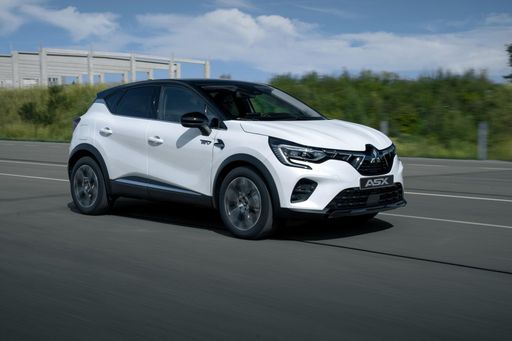 @ Mitsubishi Motors Corporation
@ Mitsubishi Motors Corporation
Mitsubishi ASX
Ford Puma
The Ford Puma is a cheeky compact crossover that blends sporty styling with city-friendly practicality, giving drivers a surprisingly fun and composed ride. With clever storage tricks and a lively personality, it’s a smart pick for buyers who want enjoyment without fuss.
details @ Ford Motor Company / Ford Media Center
@ Ford Motor Company / Ford Media Center
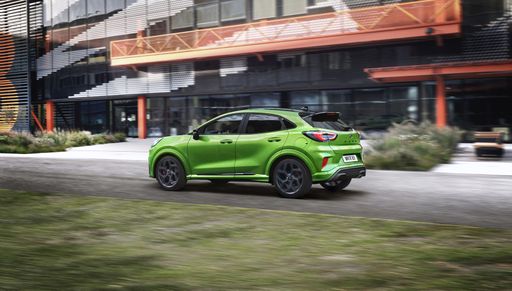 @ Ford Motor Company / Ford Media Center
@ Ford Motor Company / Ford Media Center
 @ Ford Motor Company / Ford Media Center
@ Ford Motor Company / Ford Media Center
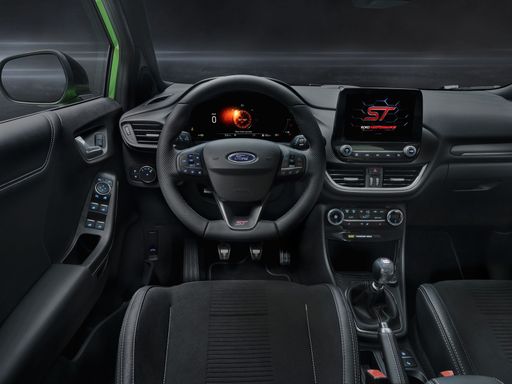 @ Ford Motor Company / Ford Media Center
@ Ford Motor Company / Ford Media Center
Mitsubishi ASX
The Mitsubishi ASX is a compact crossover that mixes practicality with a no-nonsense personality, making it an easy choice for buyers who want sensible space without the showroom theatrics. It won't set your pulse racing, but its composed ride and user-friendly kit make it a dependable companion for daily errands and weekend escapes — reliable rather than flashy.
details @ Mitsubishi Motors Corporation
@ Mitsubishi Motors Corporation
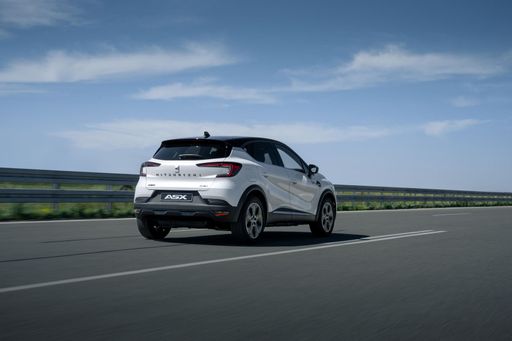 @ Mitsubishi Motors Corporation
@ Mitsubishi Motors Corporation
 @ Mitsubishi Motors Corporation
@ Mitsubishi Motors Corporation
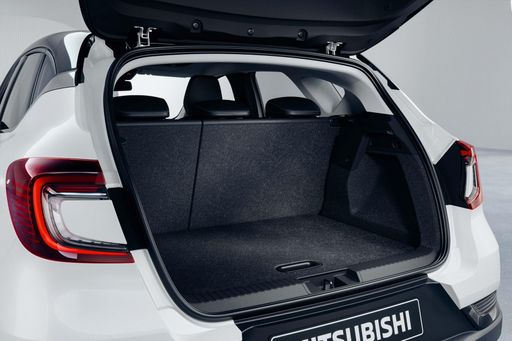 @ Mitsubishi Motors Corporation
@ Mitsubishi Motors Corporation
 @ Ford Motor Company / Ford Media Center
@ Ford Motor Company / Ford Media Center
|
 @ Mitsubishi Motors Corporation
@ Mitsubishi Motors Corporation
|
|
|
|
Costs and Consumption |
|
|---|---|
|
Price
24800 - 36300 £
|
Price
20600 - 32500 £
|
|
Consumption L/100km
5.4 - 5.9 L
|
Consumption L/100km
4.4 - 6 L
|
|
Consumption kWh/100km
13.1 - 13.9 kWh
|
Consumption kWh/100km
-
|
|
Electric Range
361 - 376 km
|
Electric Range
-
|
|
Battery Capacity
43 kWh
|
Battery Capacity
-
|
|
co2
0 - 135 g/km
|
co2
99 - 135 g/km
|
|
Fuel tank capacity
42 L
|
Fuel tank capacity
48 L
|
Dimensions and Body |
|
|---|---|
|
Body Type
SUV
|
Body Type
SUV
|
|
Seats
5
|
Seats
5
|
|
Doors
5
|
Doors
5
|
|
Curb weight
1316 - 1563 kg
|
Curb weight
1296 - 1493 kg
|
|
Trunk capacity
456 - 523 L
|
Trunk capacity
348 - 484 L
|
|
Length
4186 - 4226 mm
|
Length
4239 mm
|
|
Width
1805 mm
|
Width
1797 mm
|
|
Height
1550 - 1555 mm
|
Height
1575 mm
|
|
Max trunk capacity
1216 - 1283 L
|
Max trunk capacity
1458 - 1596 L
|
|
Payload
367 - 469 kg
|
Payload
397 - 449 kg
|
Engine and Performance |
|
|---|---|
|
Engine Type
Electric, Petrol MHEV
|
Engine Type
Petrol, Petrol MHEV, Full Hybrid
|
|
Transmission
Automatic, Manuel
|
Transmission
Manuel, Automatic
|
|
Transmission Detail
Reduction Gearbox, Manual Gearbox, Dual-Clutch Automatic
|
Transmission Detail
Manual Gearbox, Dual-Clutch Automatic, Automatic Gearbox
|
|
Drive Type
Front-Wheel Drive
|
Drive Type
Front-Wheel Drive
|
|
Power HP
125 - 168 HP
|
Power HP
91 - 158 HP
|
|
Acceleration 0-100km/h
7.4 - 9.8 s
|
Acceleration 0-100km/h
8.5 - 14 s
|
|
Max Speed
160 - 210 km/h
|
Max Speed
168 - 180 km/h
|
|
Torque
170 - 290 Nm
|
Torque
160 - 270 Nm
|
|
Number of Cylinders
3
|
Number of Cylinders
3 - 4
|
|
Power kW
92 - 124 kW
|
Power kW
67 - 116 kW
|
|
Engine capacity
999 cm3
|
Engine capacity
999 - 1789 cm3
|
General |
|
|---|---|
|
Model Year
2025
|
Model Year
2024 - 2025
|
|
CO2 Efficiency Class
A, D
|
CO2 Efficiency Class
D, C
|
|
Brand
Ford
|
Brand
Mitsubishi
|
Is the Ford Puma offered with different drivetrains?
The Ford Puma is offered with Front-Wheel Drive.
The prices and data displayed are estimates based on German list prices and may vary by country. This information is not legally binding.
